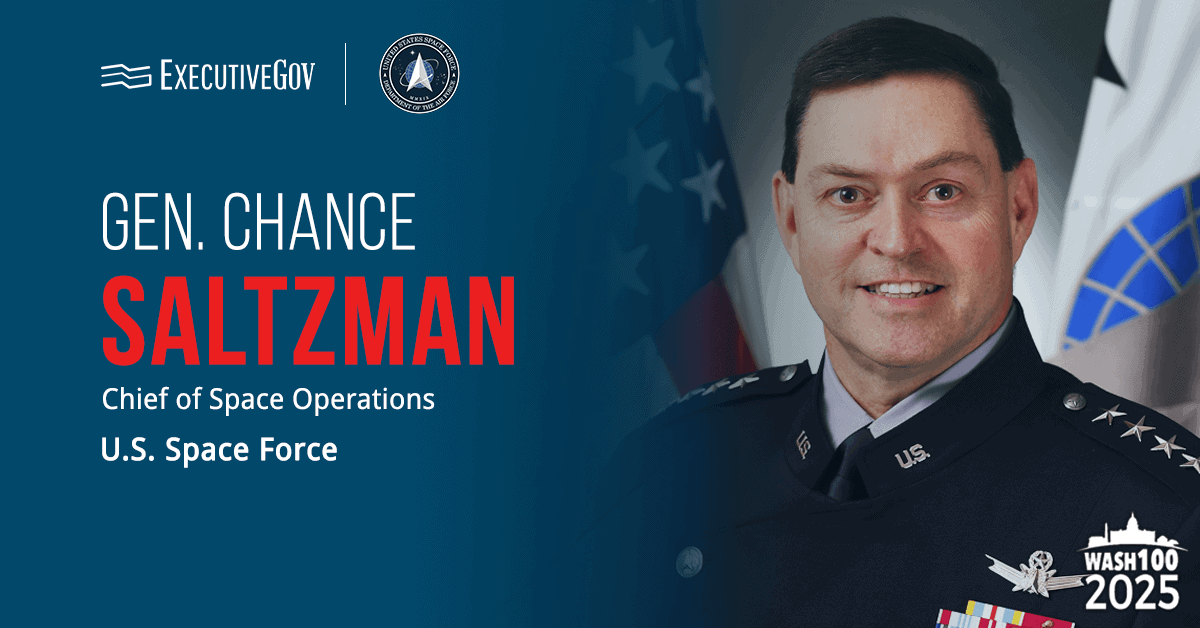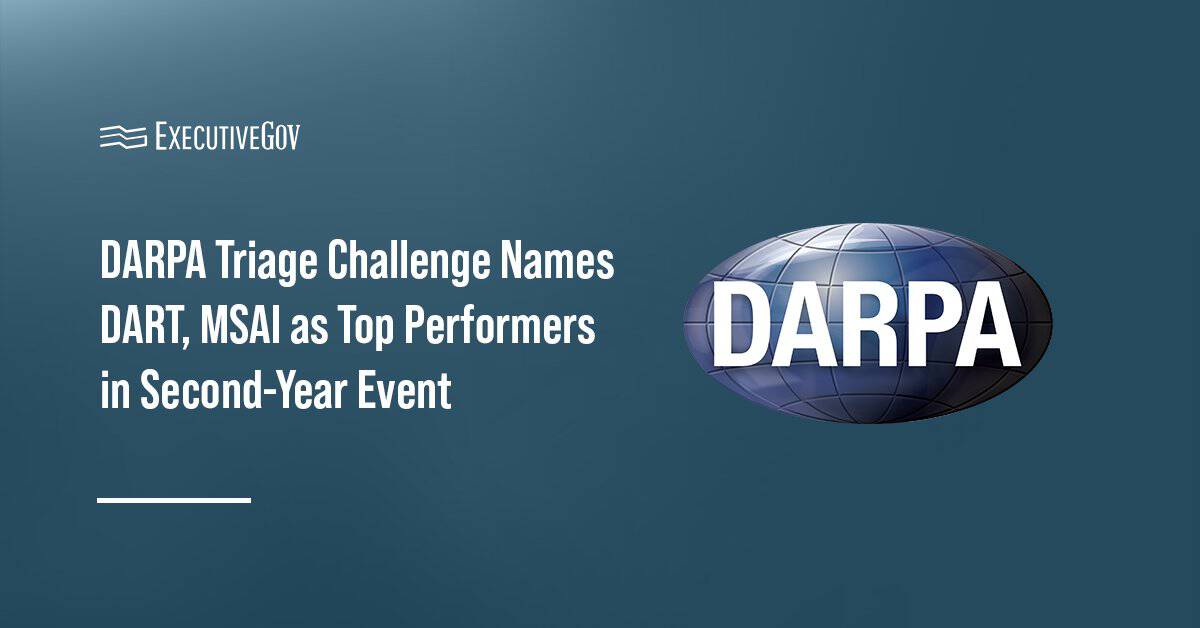The U.S. Army has announced it will soon field a new robotic system designed to remotely disable explosives, Inside Defense reported Thursday.
The FLIR Systems-built Common Robotic System-Heavy platform would begin fielding this month in an effort to increase the safety of soldiers tasked to dispose of hazardous ordnance.
The company landed a $109 million contract in November last year to produce a maximum of 350 CRS-H units, with a procurement objective of at least 248 units.
The Army intends to implement CRS-H as a replacement to the existing Remote Ordnance Neutralization System.
Jeremy Howell, deputy robotics team chief at the Army, announced the fielding date at a recent event with the National Defense Industrial Association. “Almost every program we have now leads back to a universal controller,” Howell added.





